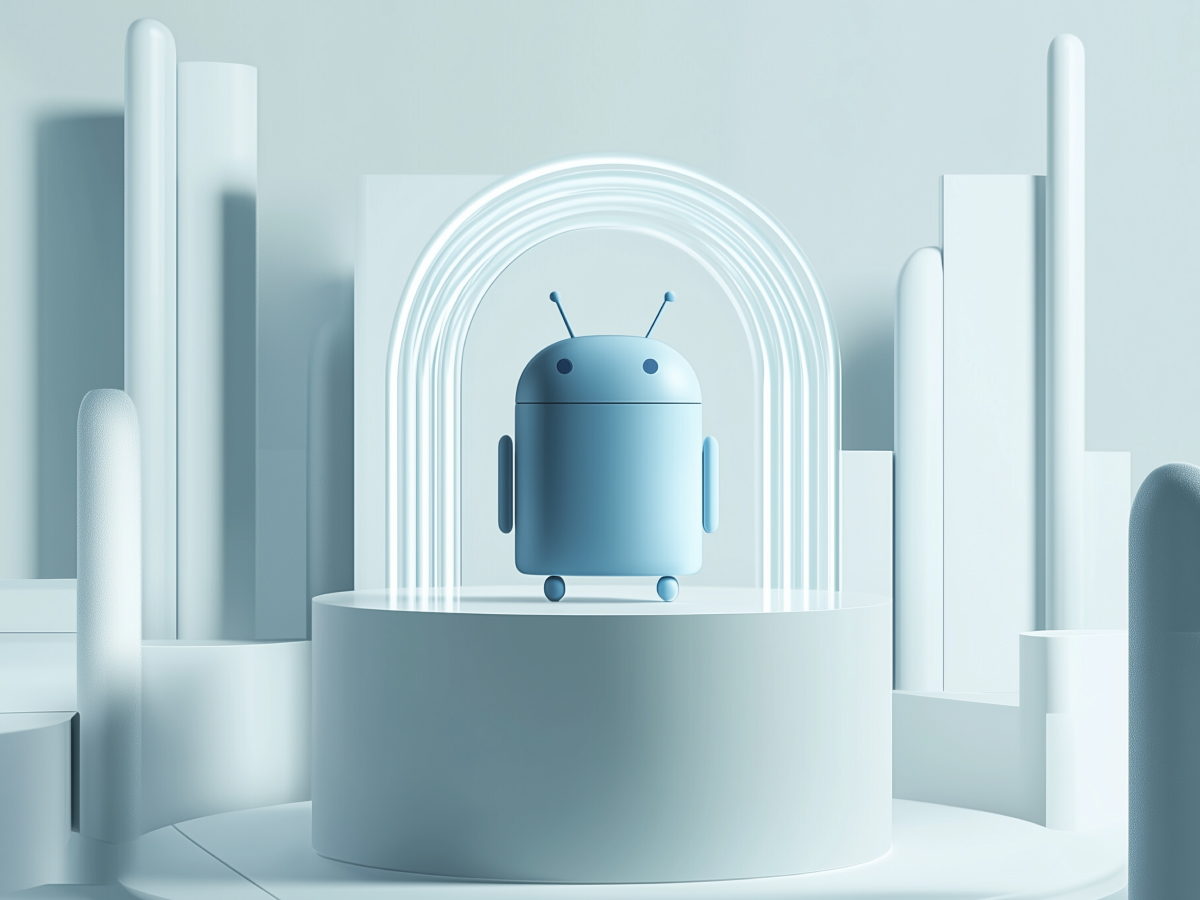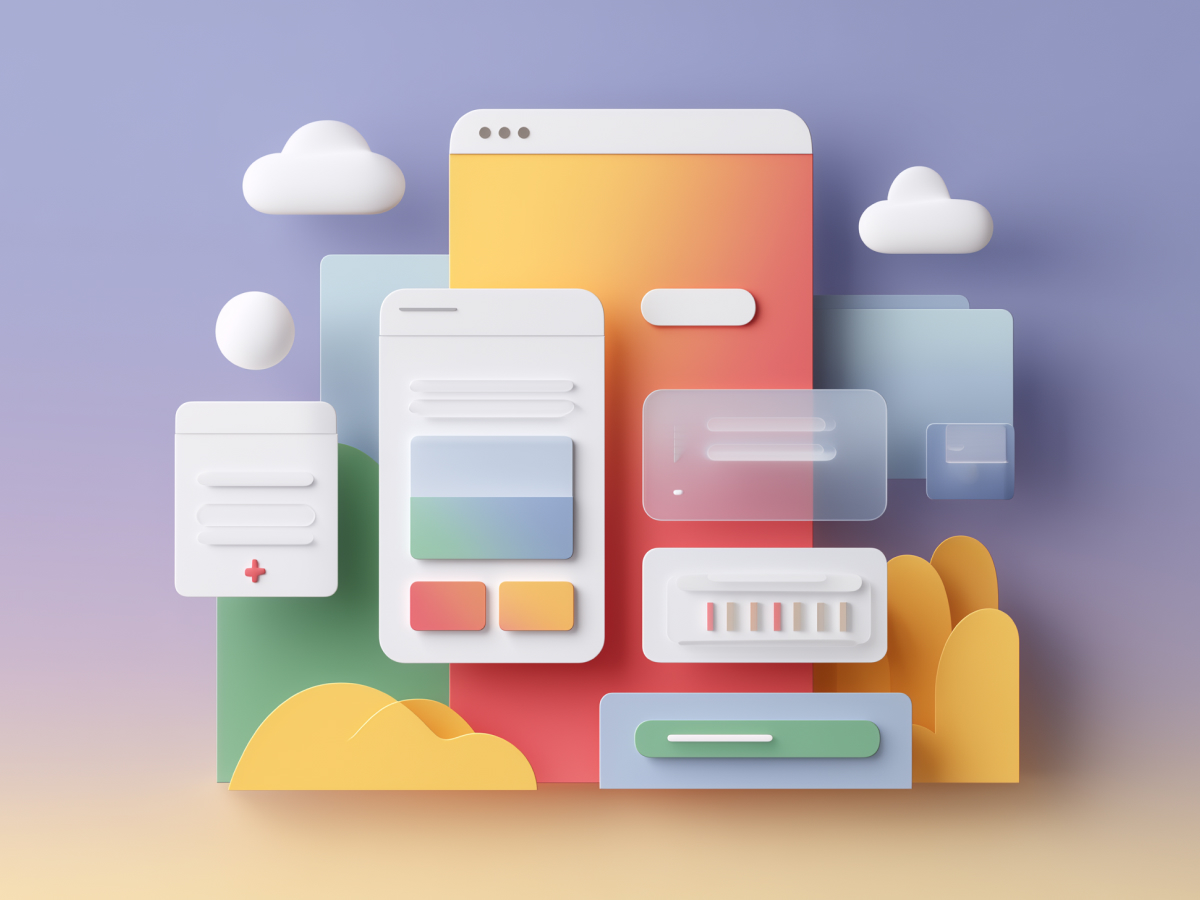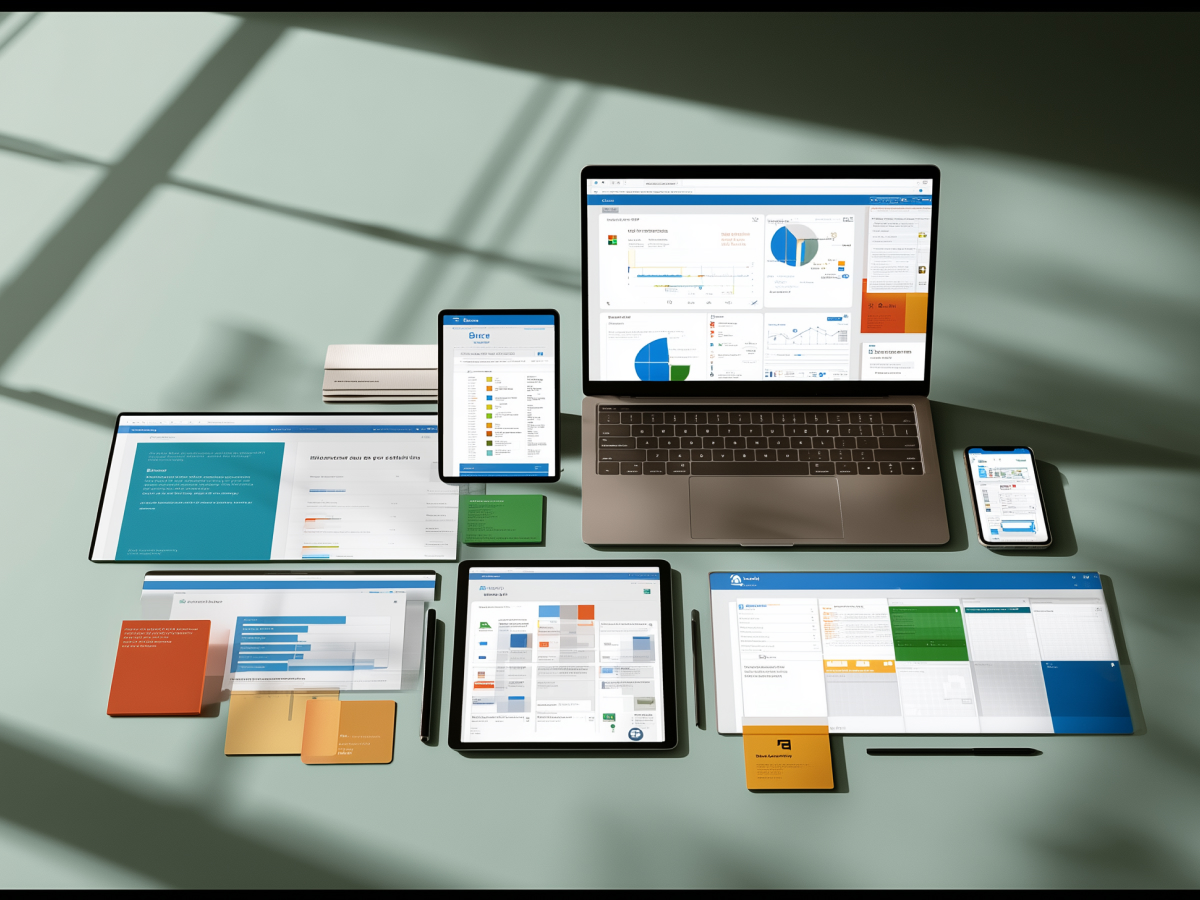Potential merger of Android and ChromeOS platforms
Google’s latest ambition is to blend the essence of Android and ChromeOS into a single platform. Imagine Chromebooks running Android, creating a unified ecosystem that merges the best elements of each operating system. It’s a bold idea, and frankly, it’s about time.
The rumors point to a multi-year project, but the exact timeline is still unclear. Google hasn’t confirmed anything, yet, but this isn’t just a wild idea. It could redefine how users interact with mobile and desktop computing. The big questions are hard to ignore: Will existing Chromebooks with long update guarantees, like those promised support through 2034, transition to Android? Will the branding change? What happens to ChromeOS’s strengths, tight security, fast updates, and consistent user experiences?
These are serious challenges, but also huge opportunities. If Google gets it right, this merger could simplify the tech stack for users and developers alike. It’s ambitious, and yes, risky, but it’s a calculated risk with potentially massive upside.
Google’s hardware strategy and unpredictable evolution
Google’s hardware strategy seems to be constantly changing. In 2019, they said goodbye to tablets. Fast forward a few years, and it was goodbye to Pixelbooks as well. Now, we’re hearing about a possible Pixel Laptop for 2025. It’s an ongoing saga of pivots, pauses, and abrupt shifts.
So, what should we expect? If the Pixel Laptop emerges, will it run pure Android or incorporate ChromeOS DNA? Is it a simple clamshell device or something more ambitious, like a convertible that doubles as a tablet? More importantly, will this laptop anchor a new hardware lineup, or is it destined to be another one-off?
These are high-stakes moves, and the market will notice. Google needs to stick the landing, for users and for developers and enterprise clients who want stability and long-term investment in a hardware ecosystem.
New biannual Android update strategy
Starting in 2025, Android is doubling down on updates. Literally. A major release will hit in Q2, with a smaller follow-up in Q4. It’s a smart play, addressing a long-standing problem: the chaos of rolling out updates just as flagship phones flood the market before the holidays.
The Q2 release will be the main event, giving manufacturers plenty of time to integrate new features into their devices. But the Q4 update raises questions. Will it bring enough to the table to justify a second release cycle? Will it stick to optimizations and fixes, or venture into new version territory, like Android 17?
For device manufacturers, this shift is both a challenge and an opportunity. They’ve struggled with one annual update, can they handle two? Or will we see some skip the Q4 release altogether? These changes could nudge manufacturers toward quicker adoption, but only time will tell if they rise to the occasion.
Improved Gemini assistant for app interactions
The Gemini assistant is poised to make waves in Android 16. The promise? Effortless app control through voice commands. Want to book a ride, draft an email, or manage tasks in-app? Gemini aims to do it all.
If this sounds familiar, it should. Back in 2019, Google Assistant promised similar capabilities but fell short. Skepticism is warranted, especially since early reports suggest Gemini isn’t living up to the hype. That said, if Google can refine its performance, this could become a feature for users who value efficiency and automation.
Voice-driven workflows are the future, and while Gemini isn’t there yet, the potential is undeniable. For C-suite leaders, this is the kind of tech that could simplify operations and elevate user experience, assuming it delivers.
Resurgence of Google Now-like features with circle to search
Circle to Search is bringing back the magic of 2012’s “Google Now on Tap.” It’s a blast from the past, but with modern upgrades. This feature lets you perform contextual searches and actions within apps, and it’s already showing promise with integrated screenshot tools and a QR code scanner.
What’s exciting is its potential to grow. Google appears committed to expanding this toolset in 2025, making Circle to Search a central part of the Android experience. It’s practical, intuitive, and speaks to a broader vision of reducing friction in how we use technology. This is one to watch closely.
Expansion of Do Not Disturb functionality
Do Not Disturb is getting a major upgrade in Android. The new system introduces multiple priority modes, offering more granular control over notifications and interruptions. It’s a good idea on paper, but let’s not forget the lessons of Android 5. Back then, similar complexity led to confusion and, ultimately, abandonment.
This time around, Google needs to keep it simple. Users don’t want to manage endless settings, they want convenience. If Google strikes the right balance, this could make Android more user-friendly for personal and professional life. But if it veers into complexity again, expect backlash.
Revival of Bubbles for multitasking
Bubbles are back and they’re bigger. First introduced in 2020, Bubbles were limited to messaging apps. Now, Google is expanding this feature to support any app. Imagine keeping notes, emails, or documents just a tap away, no matter what you’re doing.
This is multitasking done right, without the clunky feel of split-screen interfaces. It’s still early days, but the potential is huge. Whether you’re reviewing reports during a video call or jotting down ideas while browsing, Bubbles could increase productivity on smaller screens.
The challenge, as always, is execution. If Google delivers a good experience, this could become a flagship feature for Android 16 and beyond.





